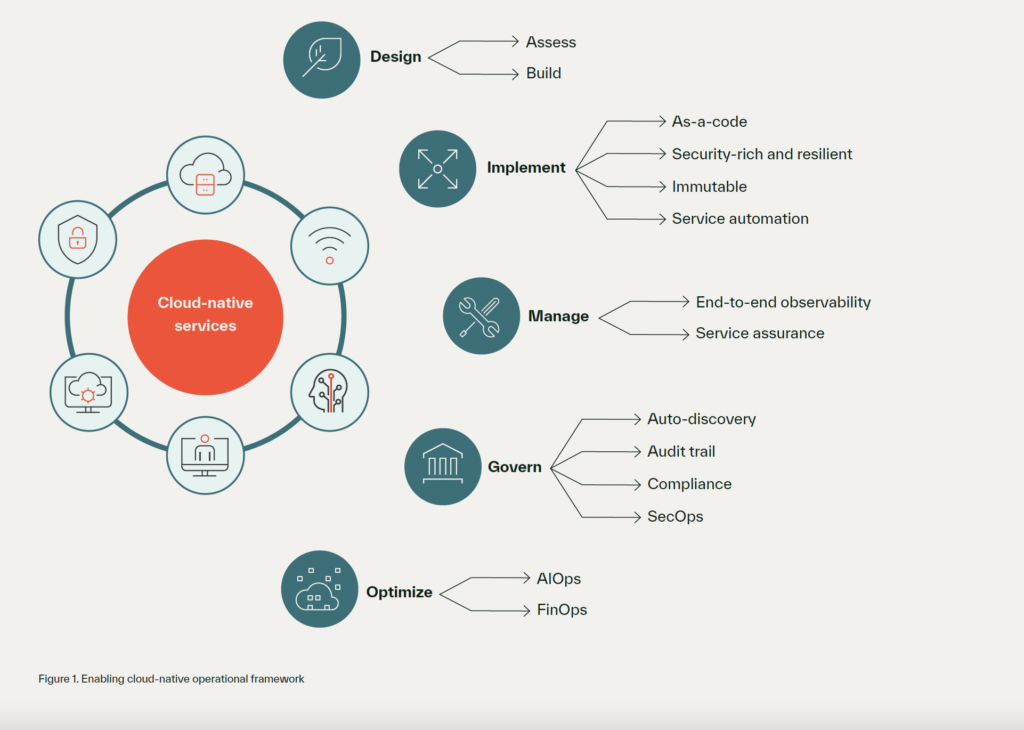Kyndryl Adds Dedicated Cloud-Native Service to Portfolio
Kyndryl this week launched a practice to help organizations build and deploy cloud-native applications on multiple clouds.
Harish Grama, cloud global practice leader for Kyndryl, says Kyndryl Cloud Native Services will make maximum use of the cloud-native services that each cloud service provider exposes to reduce the amount of software that would otherwise have to be deployed.
The previous era of cloud computing has mainly consisted of organizations lifting and shifting packaged or custom monolithic software that previously ran in an on-premises IT environment, Grama explains. Now IT organizations are moving more aggressively to embrace cloud-native services that are fundamentally more cost-effective because they make it easier to scale workloads up and down as needed, he adds.
The challenge is that IT organizations need to either develop new applications or refactor the ones they have to run natively on Kubernetes clusters to take advantage of those services, Grama says. Not many IT organizations have the skills required to achieve that goal, so they will look to IT services providers such as Kyndryl to fill that gap, he says.
IT organizations that look to migrate applications to a cloud-native environment typically follow one of two paths. They can either rewrite the entire application beforehand or encapsulate an existing application in a set of containers. To the extent possible, once migrated, they will re-engineer that application to become a set of microservices so it is both more resilient and easier to upgrade.
The challenge is that the overall application environment becomes more complex. Each application winds up being cloud-native to varying degrees. Most IT organizations will also manage a mix of cloud-native and monolithic applications running on multiple clouds for years to come. Kyndryl is proposing to lighten that load by providing services ranging from automated backup and monitoring to security and incident management using tools based on infrastructure-as-code (IaC) and policy-as-code frameworks.
When transitioning to cloud-native application environments, the sense of urgency is increasing during uncertain economic times. The amount of pressure on IT organizations to reduce the total cost of IT has now increased substantially. One of the best ways to do that is to refactor monolithic applications using a microservices-based architecture that makes it possible for applications to invoke cloud infrastructure on demand versus requiring IT teams to allocate a specific amount of infrastructure capacity to each application.
Of course, building and deploying microservices-based applications is not easy. In addition to training developers how to build these types of applications, there is a need for a class of tools to manage and secure them. The tools that IT teams currently rely on to manage monolithic applications don’t typically lend themselves to microservices-based applications without significant modification. In many instances, IT teams are opting to replace those tools with ones that have been built from the ground up to support microservices-based applications.
Kyndryl, like many other IT services providers, is betting most organizations are not going to want to make that transition without a guide to help them.





